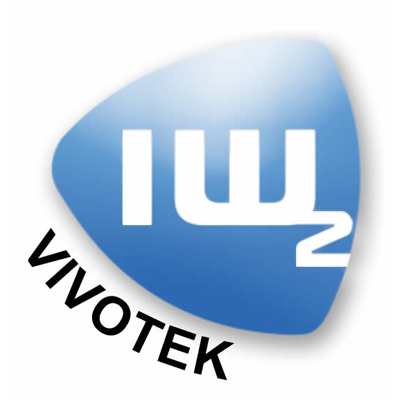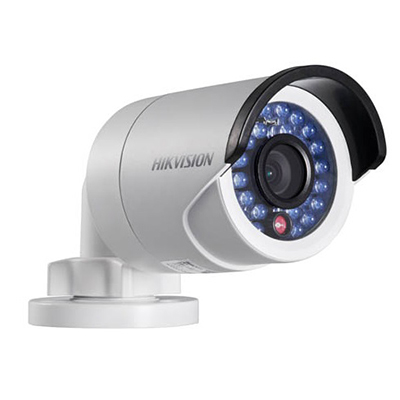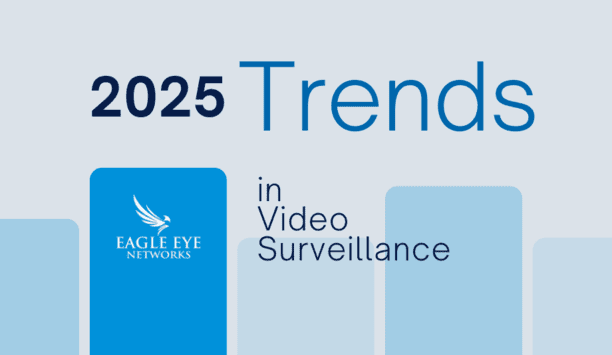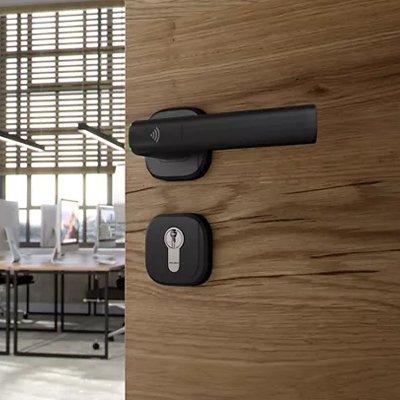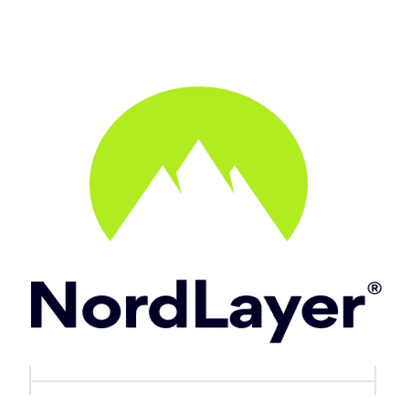Sumsub, the global verification platform providing customisable KYC, KYB, transaction monitoring, and AML solutions for the whole customer journey, announces the launch of its enhanced deepfakes detection technology into Sumsub’s liveness and deepfake detection solution.
According to Sumsub’s reports, the number of deepfakes detected in Q1 2023 was 10% greater than all of 2022 combined. Responding to this growing threat of identity fraud, the company made major updates to its in-house liveness solution – a facial biometrics tool and an integral part of KYC flow for businesses. Now, the deepfake fraud detector integrates into Sumsub’s liveness solution and is enhanced to align with the latest AI technology, making sure no fraudster passes the check.
Author's quote
“We noticed the emerging deepfake trend long ago and started building solutions to fight this rapidly evolving type of fraud,” said Vyacheslav Zholudev, co-founder and CTO of Sumsub.
He adds, “As an anti-fraud provider, Sumsub strives to stay ahead of the game. We continuously develop innovative fraud detection solutions to combat the advancing malicious technologies and prevent the potentially high damage to digital platforms, people, and communities. Our new advanced deepfake detector reinforces our core KYC product and commitment to further enhancing the AI-driven technologies built into our anti-fraud solution.”
Sumsub’s internal identity
Sumsub’s proprietary liveness technology easily detects spoofing tries while showing real users
Sumsub’s proprietary liveness technology easily detects spoofing attempts while authenticating real users in seconds. The system ensures users are physically present by creating a 3D FaceMap which is continuously referenced for authorising all future actions (transactions, logins, etc).
All businesses operating online are vulnerable to deepfakes, with fintech, payments, crypto, and gambling platforms at high risk. Sumsub’s internal identity fraud statistics show deepfakes continuously replace "simple" kinds of identity fraud such as document printouts. The data also revealed:
- In 2022, the pioneer in deepfake fraud was Spain with 49.7% of all cases, followed by Great Britain (9.3%), and the U.S. (4.2%).
- In Q1 2023, the most deepfakes came from Great Britain and Spain with 11.8% and 11.2% of global deepfake fraud, respectively
- Followed by Germany (6.7%), and the Netherlands (4.7%)
- The U.S. held 5th place, representing 4.3% of global deepfake fraud cases
- From 2022 to Q1 2023, the proportion of deepfakes among all fraud types increased in Canada by 4,500%, the U.S. by 1,200%, Germany by 407%, and the UK by 392%.
- Last quarter, a high proportion of deepfakes among all fraud types was also noticed in Australia (5.3%), Argentina (5.1%), and China (4.9%).
AI-driven fraud
“As we face the ever-evolving trends in generative AI and AI-driven fraud, we anticipate AI technologies to develop quickly, and more sophisticated fraud to emerge, affecting even more industries. The use of synthetic fraud is rising at an alarming rate and pioneering to the rapid spread of misinformation, as recently seen with the fake images of the explosion at the Pentagon resulting in significant media hype."
He adds, "As AI advances, more tools become available to fraudsters, and Sumsub is here to fight all kinds of synthetic fraud. Our team is working on a solution to detect a large scope of AI-generated fraud beyond deepfakes,” says Pavel Goldman-Kalaydin, Head of AI/ML at Sumsub.












